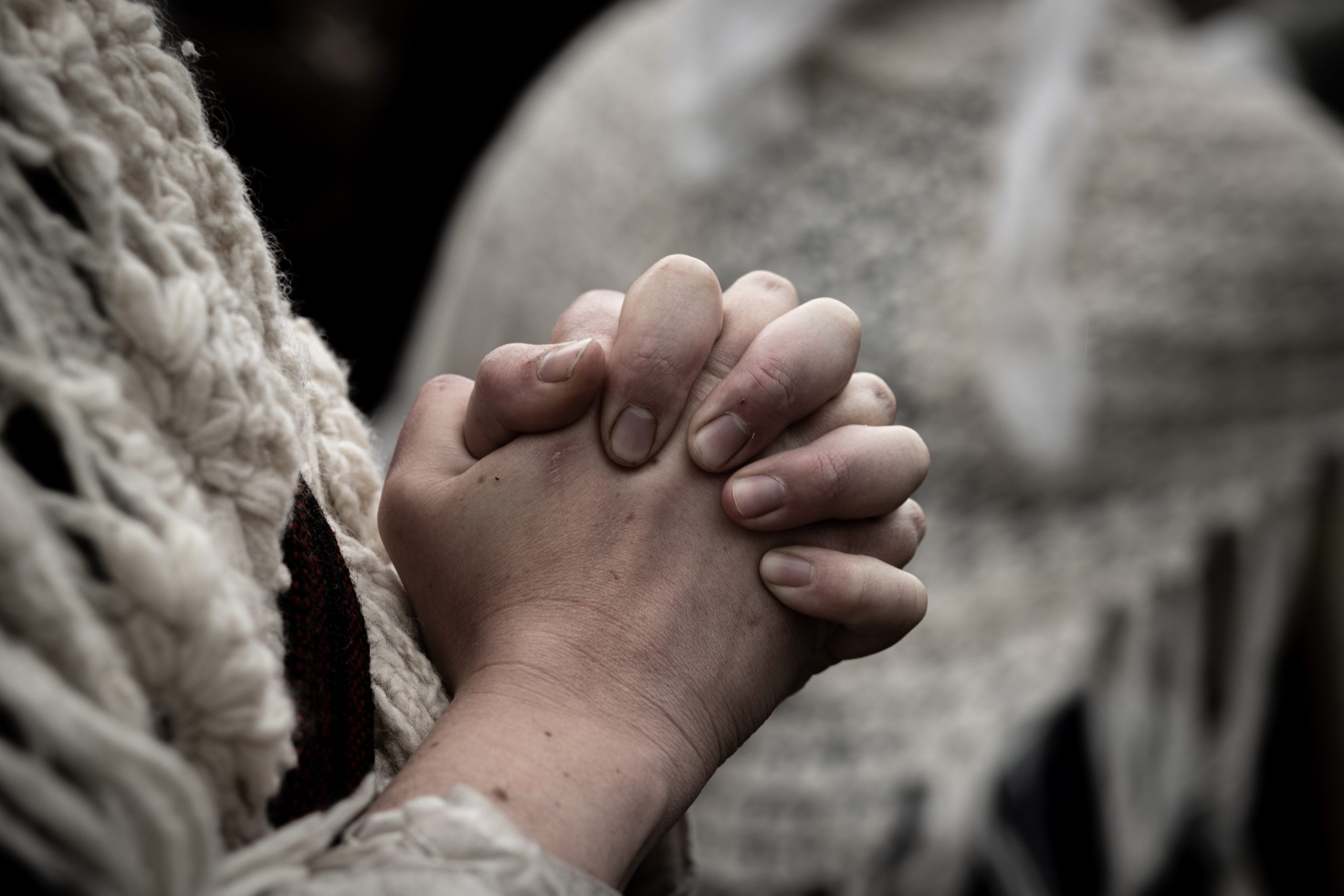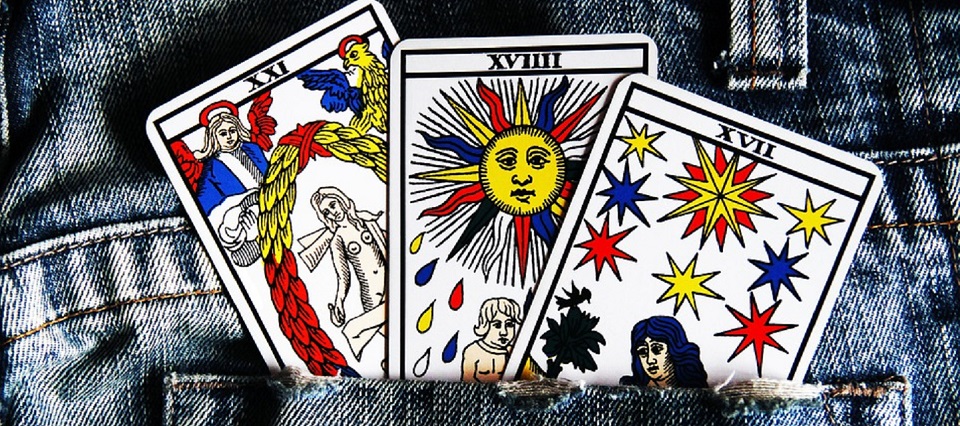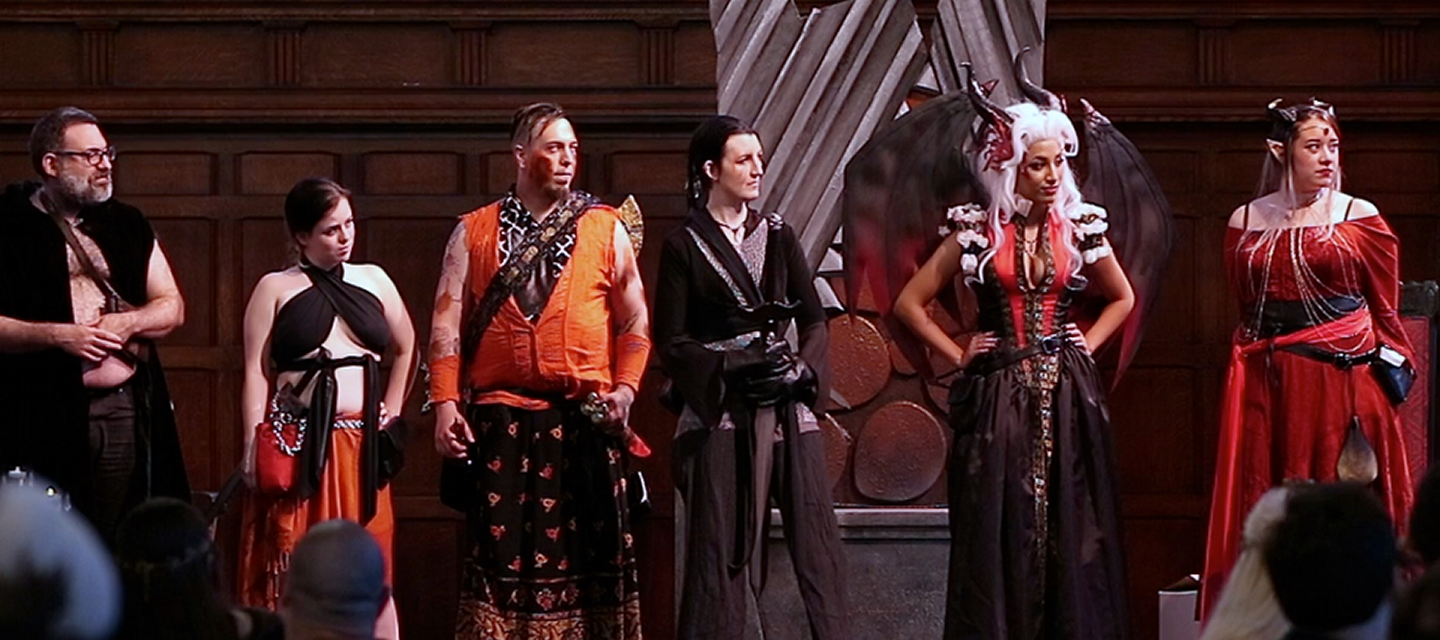Tag: Immersion
-

Christianity is an Immersion Closet
“Never, before the recent re-run of the larp Snapphaneland, had I had religious play as deeply immersive and moving.”
-

“Never Give Up, Never Surrender”
in
Factors that can help players to enter that space in their minds where everything becomes real.
-

Tarot for Larpers
in
Using tarot readings in larp to deepen and intensify the experiences of co-players.
-

Dragon Thrones – High Immersion in a Larp MegaGame
Dragon Thrones was a complex and novel larp, including MegaGame, escape room, and other unusual elements. How successful was it at providing immersion for participants?
